The scientific reason why everyone in the galaxy is obsessed with Baby Yoda
Even the Mandalorian can't resist the evolutionary power of cuteness


One would think that a hardened bounty hunter living on the fringes of the Galaxy would be less susceptible to, well, cuteness. But who can blame the Mandalorian for succumbing to the wiles — or at the very least, the burbles — of Baby Yoda? We all have.
Ever since fans first laid eyes on his tiny green head in the pilot episode of Disney+'s The Mandalorian, Baby Yoda has been an object of both curiosity and obsession. We've poured over gifs, cooed over those tiny wittle hairs on his tiny wittle head, and committed to buying all the Baby Yoda merch that Disney inevitably will offer. To be fair, we're only human; we're hardwired to adore anything that looks like Baby Yoda, which is the only reason why the events in the third episode of The Mandalorian resonated at all.
"The Sin," which premiered Friday, begins with the Mandalorian (Pedro Pascal) returning with his newly acquired bounty, which, you'll recall, he spent a lot of time bonding with back on the desert planet of Arvala-7. He's clearly worried about Baby Yoda's fate (it bears repeating that this is not actually baby Yoda, because Jedi Master Yoda is dead at this point in the timeline, but rather a 50-year-old baby of the same species of alien). When Greef Karga (Carl Weathers) jokes that the Mandalorian's clients might eat the baby or turn it into a wall-hanging, Mando looks more worried than amused. Our stoic bounty hunter, it seems, is only human.
The Week
Escape your echo chamber. Get the facts behind the news, plus analysis from multiple perspectives.

Sign up for The Week's Free Newsletters
From our morning news briefing to a weekly Good News Newsletter, get the best of The Week delivered directly to your inbox.
From our morning news briefing to a weekly Good News Newsletter, get the best of The Week delivered directly to your inbox.
The Mandalorian nevertheless offloads Baby Yoda to his mysterious client (Werner Herzog), and we get that devastating shot of him craning in his bassinet to look back, without understanding, at his rescuer-turned-betrayer. Then there's some follow-through on the Chekhov's ice cream maker, Mando gets a new suit of armor, we hear some significant dialog about how the Mandalorian has never taken off his mask and that his race of supercommandos faced the same purge as the Jedi, and then a flashback reveals how our hero was orphaned. The Mandalorian makes up his mind to go back to save Baby Yoda after all; outside the Imperial hideout, he overhears his client talking about doing something horrible to Baby Yoda to extract, presumably, the Force.
After the use of something called "whistling birds," the Mandalorian eventually retrieves Baby Yoda; now the bounty hunter has become the bounty. What is significant here are two things: First, that Baby Yoda was still alive when the Mandalorian rescues him; the client's henchman, Doctor Pershing, fearing for his life, tells Mando "I protected [Baby Yoda]. If it wasn't for me, he'd already be dead." Secondly, when Mando tries to make off with Baby Yoda and gets trapped, his Mandalorian pals assemble to assist him despite having just had a conversation about how careful they need to be with their cover. Way to go!
What's interesting is that all of Baby Yoda's rescuers are (apparently) human, just like us. This makes a lot of sense. Thanks to evolutionary biology — yes really — we are helpless when it comes to wanting to protect something that looks all oogly googly like Yodito. Scientists at the University of Oxford have even found that "cuteness supports key parental capacities by igniting ...[neural networks] involved in play, empathy, and perhaps even higher-order moral emotions." In other words, Mando took one look at Baby Yoda and those protective instincts kicked in, just like ours did watching along at home.
So how did the Star Wars concept designers hijack our emotions like this? By tapping into Kinderschema, a set of characteristics that were first described by the Austrian ethologist Konrad Lorenz and include "large eyes relative to face," "rounded, protruding cheeks," a "rounded body shape," and a "large" and "rounded head." These are also traits, of course, shared by human babies as well as puppies, kittens, and other things we think are soooo cuuuuute.
A free daily email with the biggest news stories of the day – and the best features from TheWeek.com
Additionally, traits like "extreme youth, vulnerability, harmlessness, and need" tap into our Darwinian caregiver drive, The New York Times writes, noting that "the human cuteness detector is set at such a low bar … it sweeps in and deems cute practically anything remotely resembling a human baby or a part thereof, and so ends up including the young of virtually every mammalian species" — or, you know, a baby Yoda. Even babyish sounds like Mini Yoda's burbles and cries trigger our protective instincts, regardless of our gender or if we have children ourselves. The Mandalorian truly never stood a chance.
Of course, there is more to it than just the Mandalorian being a softy, subject to the whims of several gazillion years of human evolution (the client, keep in mind, is unmoved). "The Sin" also shows us via flashback the emotional reason why the Mandalorian connected so strongly to Baby Yoda: He sees something of himself in the tiny, cooing green alien baby. While we don't know very much about Yoda's species yet, we do know that Baby Yoda had an enormous bounty, meaning his kind is well hidden, if not extremely scarce in numbers. The de facto parent and child are likely both orphans. There might even be some Mandalorian code we are not yet aware of, to protect the vulnerable in some way.

Above all else, though, everyone on- and off-screen needs to adore Baby Yoda for the story to move forward. For one thing, audiences need to be invested in the infant so we're willing to go along with our impassive hero acting rashly and endangering his people for the sake of someone whose significance we barely even understand — we need to feel that we'd have made the same decision, too. The rescue of Baby Yoda also plays neatly into The Mandalorian's roots in the Samurai film Yojimbo and the Spaghetti Western A Fistful of Dollars. In both those stories, the protagonist blows his cover for the sake of rescuing a mother and her son. Baby Yoda, it would seem, serves the same purpose in the narrative thrust of this story.
The good news either way is that Baby Yoda isn't dead or hanging on the client's wall. There are still five more episodes in the first season of The Mandalorian for his full significance to come to light, and plenty more hours for us to go awwwww as he gradually unscrews every gearshift knob in the entire Razor Crest. Because, when one chooses to walk the way of the Mandalore, you are both hunter and prey — but you are also, it turns out, subject to the tender human heart.
Jeva Lange was the executive editor at TheWeek.com. She formerly served as The Week's deputy editor and culture critic. She is also a contributor to Screen Slate, and her writing has appeared in The New York Daily News, The Awl, Vice, and Gothamist, among other publications. Jeva lives in New York City. Follow her on Twitter.
-
 Whiskey tariffs cause major problems for American distillers
Whiskey tariffs cause major problems for American distillersIn the Spotlight Jim Beam is the latest brand to feel the pain
-
 Danes ‘outraged’ at revived Trump Greenland push
Danes ‘outraged’ at revived Trump Greenland pushSpeed Read
-
 ‘Tension has been building inside Heritage for a long time’
‘Tension has been building inside Heritage for a long time’Instant Opinion Opinion, comment and editorials of the day
-
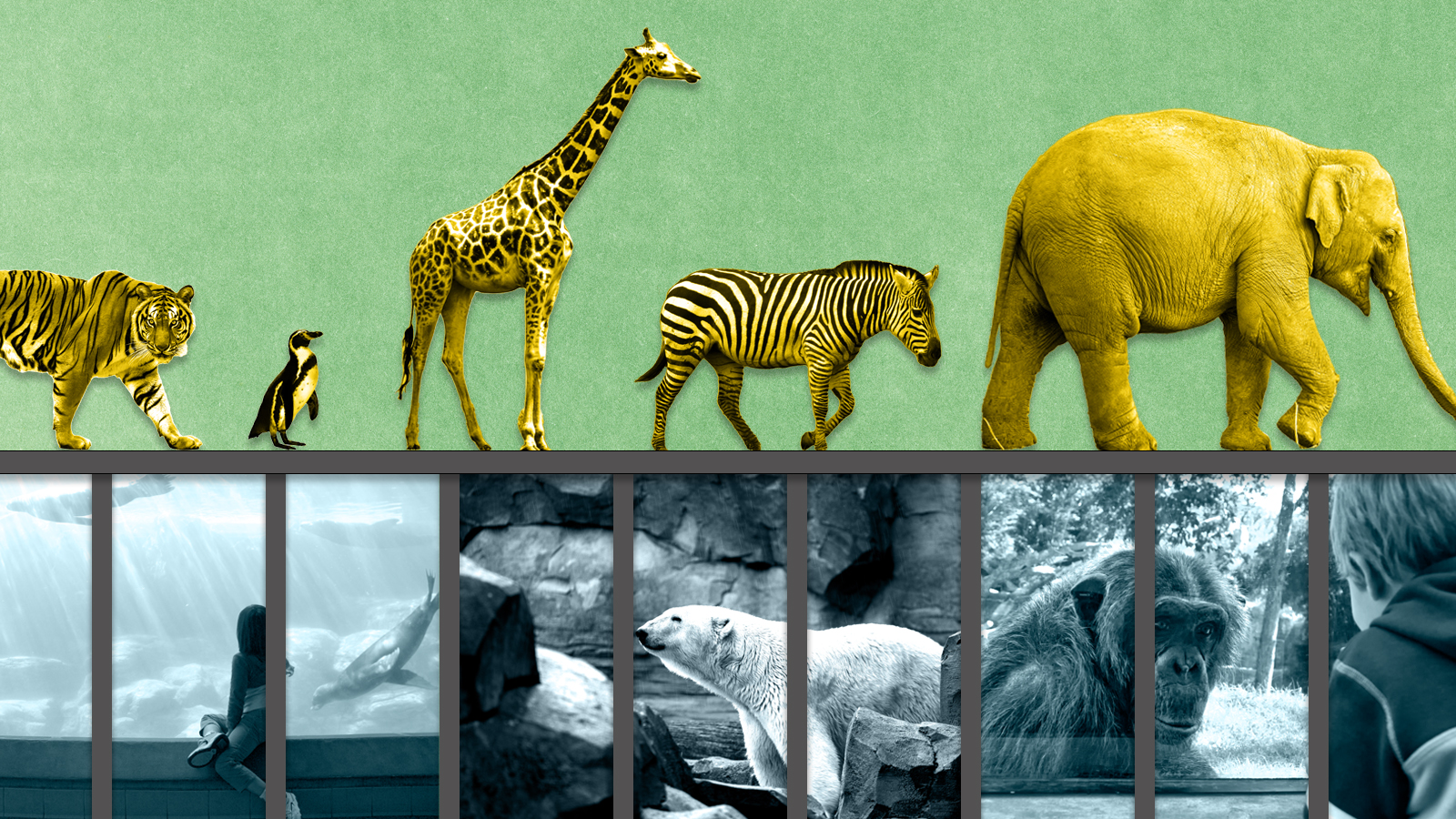 Are zoos ethical?
Are zoos ethical?The Explainer Examining the pros and cons of supporting these controversial institutions
-
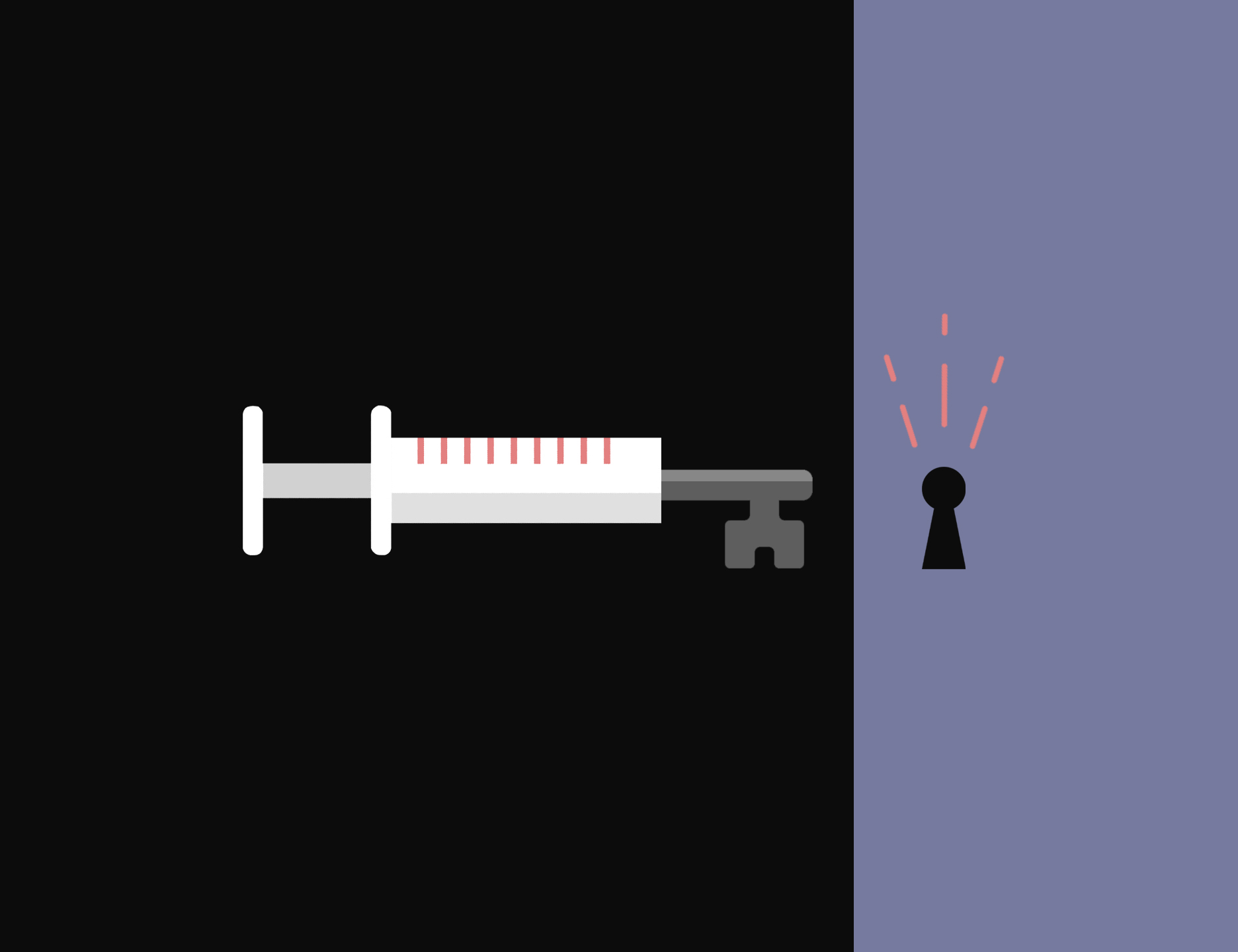 Will COVID-19 wind up saving lives?
Will COVID-19 wind up saving lives?The Explainer By spurring vaccine development, the pandemic is one crisis that hasn’t gone to waste
-
 Coronavirus vaccine guide: Everything you need to know so far
Coronavirus vaccine guide: Everything you need to know so farThe Explainer Effectiveness, doses, variants, and methods — explained
-
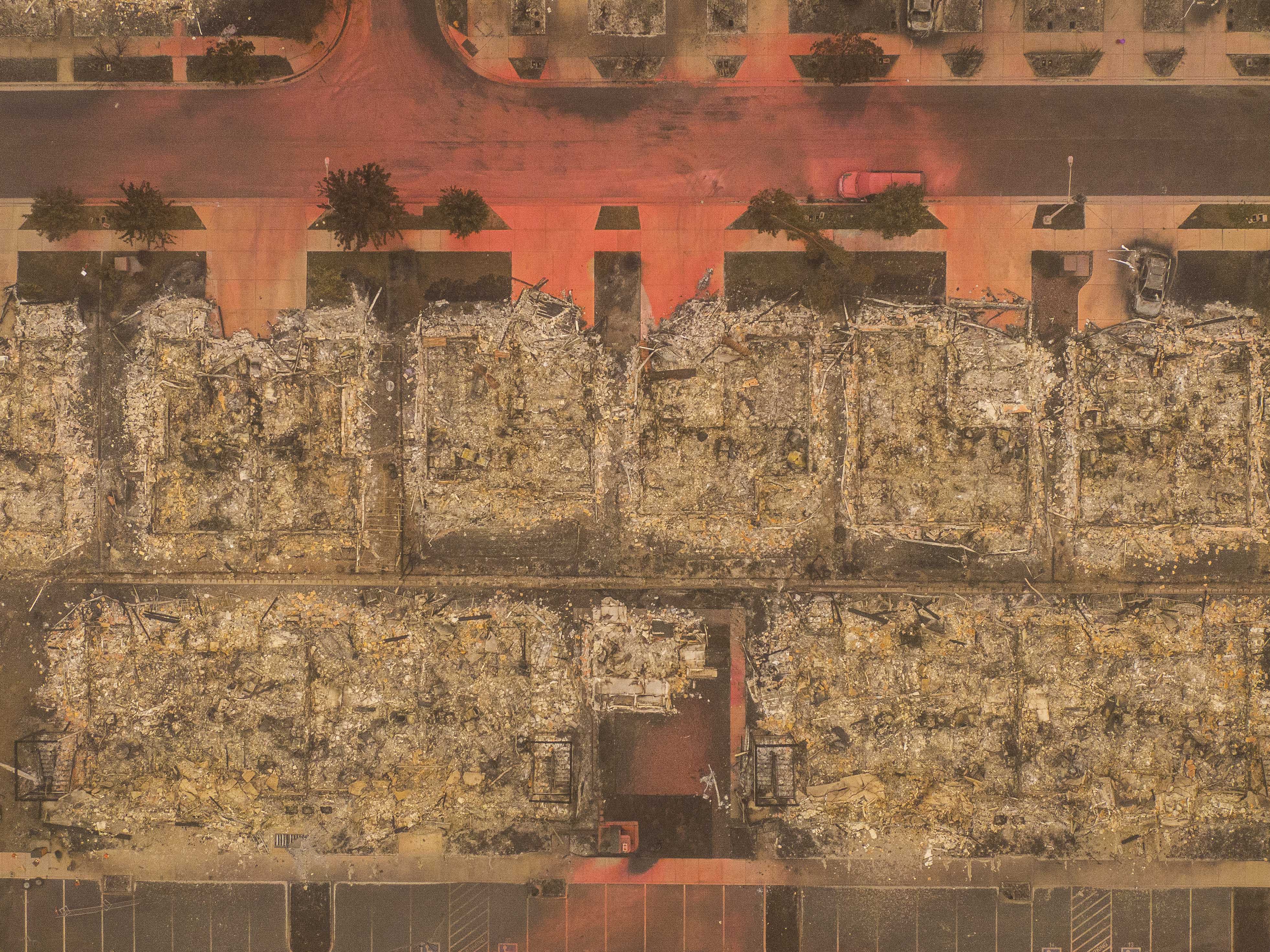 The climate refugees are here. They're Americans.
The climate refugees are here. They're Americans.The Explainer Wildfires are forcing people from their homes in droves. Where will they go now?
-
 Coronavirus' looming psychological crisis
Coronavirus' looming psychological crisisThe Explainer On the coming epidemic of despair
-
 The growing crisis in cosmology
The growing crisis in cosmologyThe Explainer Unexplained discrepancies are appearing in measurements of how rapidly the universe is expanding
-
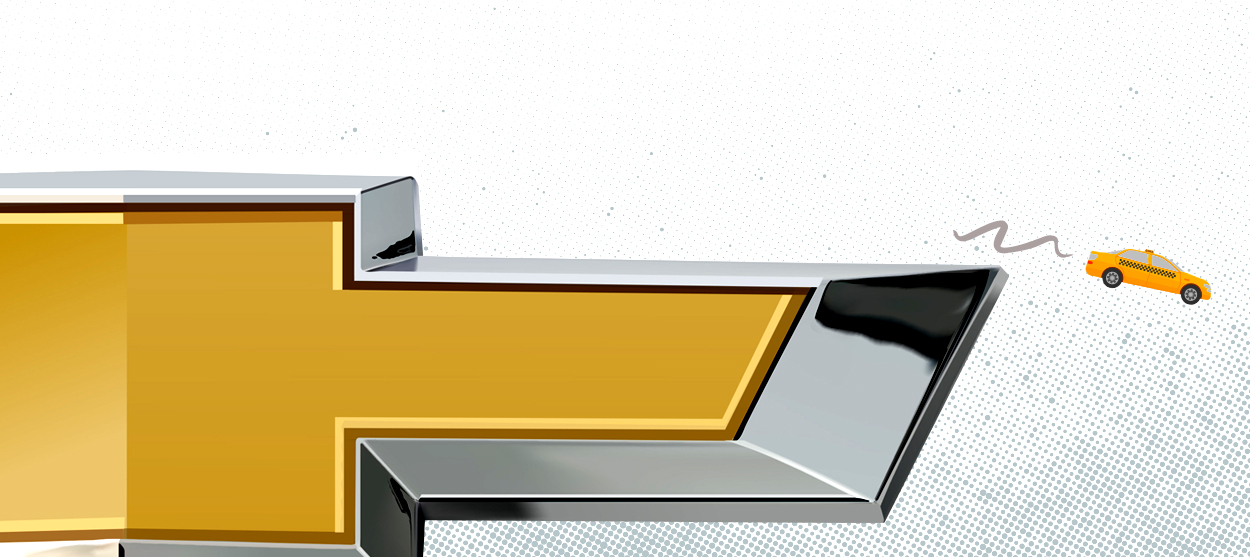 What if the car of the future isn't a car at all?
What if the car of the future isn't a car at all?The Explainer The many problems with GM's Cruise autonomous vehicle announcement
-
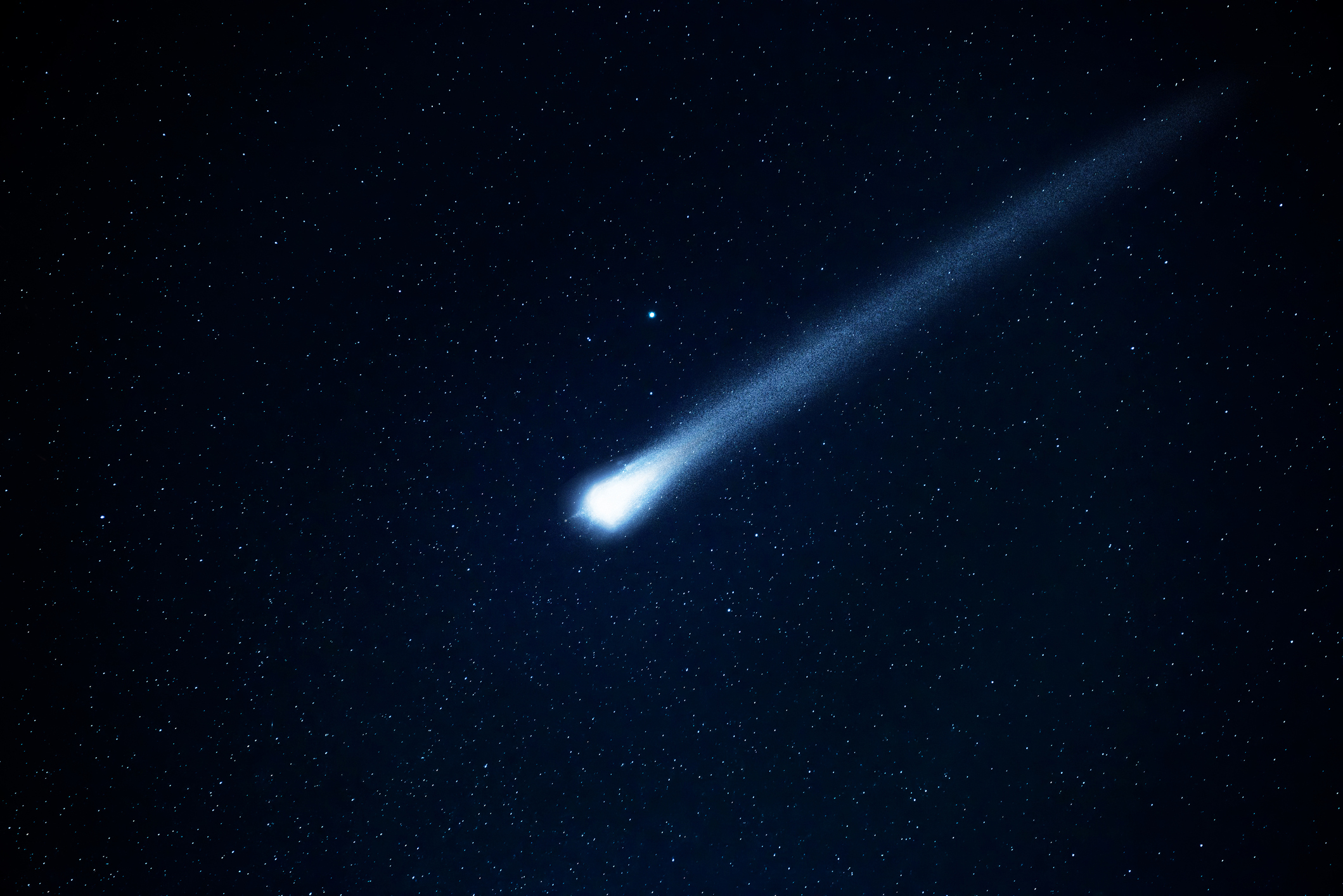 The threat of killer asteroids
The threat of killer asteroidsThe Explainer Everything you need to know about asteroids hitting Earth and wiping out humanity
